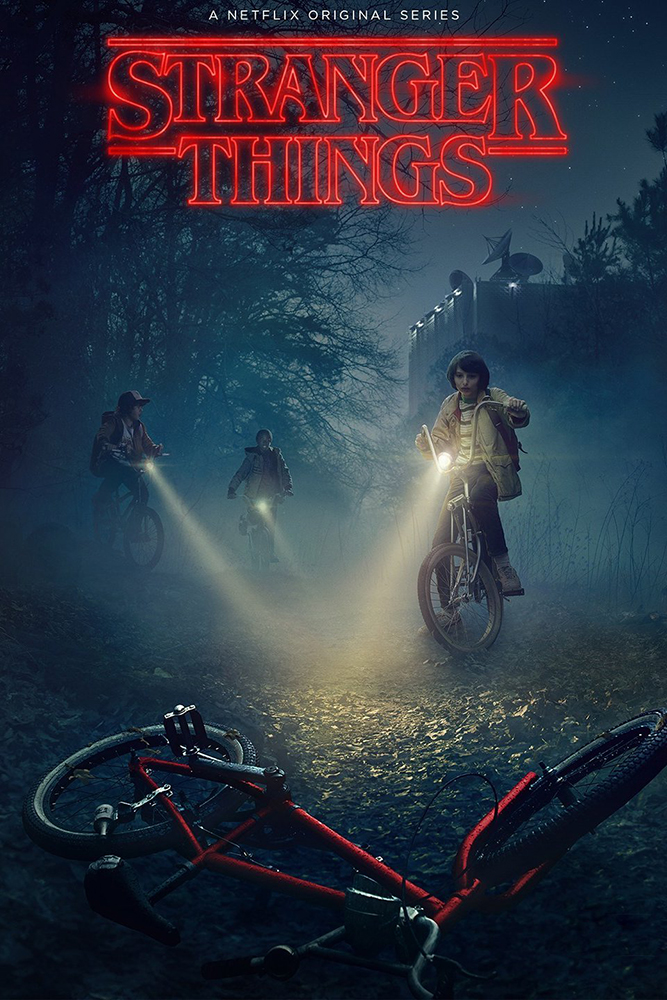“Stranger Things,” the TV debut of the Duffer Brothers, dominated Netflix this summer with its nostalgia for the ‘80s, sci-fi horror elements and endearing characters. The show spent a majority of time on school politics, high school love triangles and other aspects that seemed like fluff. On one hand, that fluff is necessary for the verisimilitude of the show, but it came at the expense of telling us more important information about the Upside Down. The lack of explanation made the viewing experience compellingly disorienting.
Compellingly disorienting
Many of these flaws either willingly or unconsciously became overlooked by fans because the characters remained compelling enough to keep viewers intrigued. They wanted to see how the kids would extricate themselves from the daunting odds stacked against them. Viewers followed Dustin, Mike and Lucas as they dodged their parents, ran away from government agents and confronted the demogorgon.
Perhaps the Upside Down remained unexplained because a primary theme of the show is that it cannot make sense to the characters. This disorientation may be intentional. If someone tried to explain exactly what it is, the language used to describe it would fail.
At first, it seemed like Eleven’s inability to speak simply made her a tool for use by the government, and later by the boys. She could not articulate her thoughts and assert herself, so the only thing she could do was react. Without language, her character growth might seem severely stunted. However, she demonstrated that she could still assert her will and became one of the the bravest characters. Her inability to speak is a clue to one of the driving forces behind “Stranger Things;” it exposes the limits of language and shows that the truth of a statement does not come about just because of its utterance, but its demonstration. The show, with its use of the Upside Down and how people interact with it, deconstructs language to its most basic elements.
Emotion over exposition
The show broke emotions down to their primal state by communicating those feelings which drive people without the mediation of language. Viewers could consider what Winona Ryder did when she wrote the alphabet on the wall. The alphabet represents the accumulation of signs for the various sounds humans are supposed to make when they see it. The audience primarily learns from the perspective of the kids who cannot fully understand the forces they deal with. Whether that becomes the government or the demogorgon, they just know that their lives are endangered and the audience becomes as terrified as the kids on screen.
By emphasizing emotion over exposition, “Stranger Things” sidesteps the reliance on expository dialogue — a necessary evil at times — which typically bogs down drama. This show now joins the likes of “Mad Max: Fury Road” in its rejection of a technique abused by movies “Transformers.”
Several scenes stood out with intense clarity because they demonstrated this principle of expositional minimalism. The most powerful example of this in practice came when the trio of boys asks El to tell them where Byers disappeared to. Instead of beginning with, “Well gather around, he’s in a dark, dark place surrounded by…” she hardly speaks. She wipes the figurines off the Dungeons & Dragons board, flips it over onto its back, places the little figurine of the hero and sets down the demogorgon in front of it.
In seconds, the audience knows that Byers has become trapped — isolated in black and being pursued by a monster that is far more powerful than he is. The message clarifies itself more powerfully than an expository scene could ever amount to.







